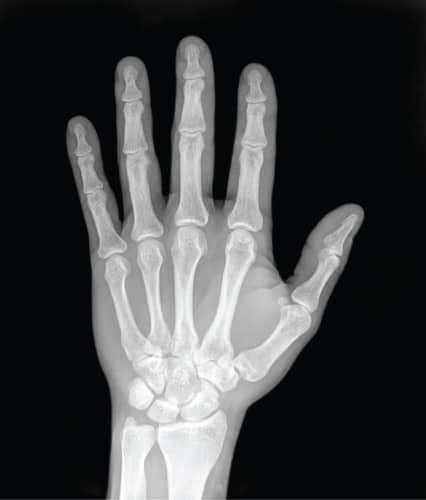Optical sensors bring light touch to robot hands
Researchers from Carnegie Mellon University have embedded fibre optic sensors in a three-fingered robotic hand, allowing it to detect forces of less than a tenth of a newton.
The team placed 14 strain sensors into each of the fingers, which mimic the skeletal structure of a human finger. Each digit has a 3D-printed plastic fingertip, middle node and base node connected by joints, all covered in a soft silicon rubber skin. It is hoped that the research could pave the way for robots to work alongside humans with greater autonomy.

“If you want robots to work autonomously and to react safely to unexpected forces in everyday environments, you need robotic hands that have more sensors than is typical today,” said Yong-Lae Park, assistant professor of robotics at Carnegie Mellon.
“Human skin contains thousands of tactile sensory units only in the fingertip and a spider has hundreds of mechanoreceptors on each leg, but even a state-of-the-art humanoid such as NASA’s Robonaut has only 42 sensors in its hand and wrist.”
Register now to continue reading
Thanks for visiting The Engineer. You’ve now reached your monthly limit of news stories. Register for free to unlock unlimited access to all of our news coverage, as well as premium content including opinion, in-depth features and special reports.
Benefits of registering
-
In-depth insights and coverage of key emerging trends
-
Unrestricted access to special reports throughout the year
-
Daily technology news delivered straight to your inbox











Water Sector Talent Exodus Could Cripple The Sector
My local water company is Severn Trent which has a market capitalisation of £8.2 billion, made a pre-tax profit of £200 million in 2024 and is paying...